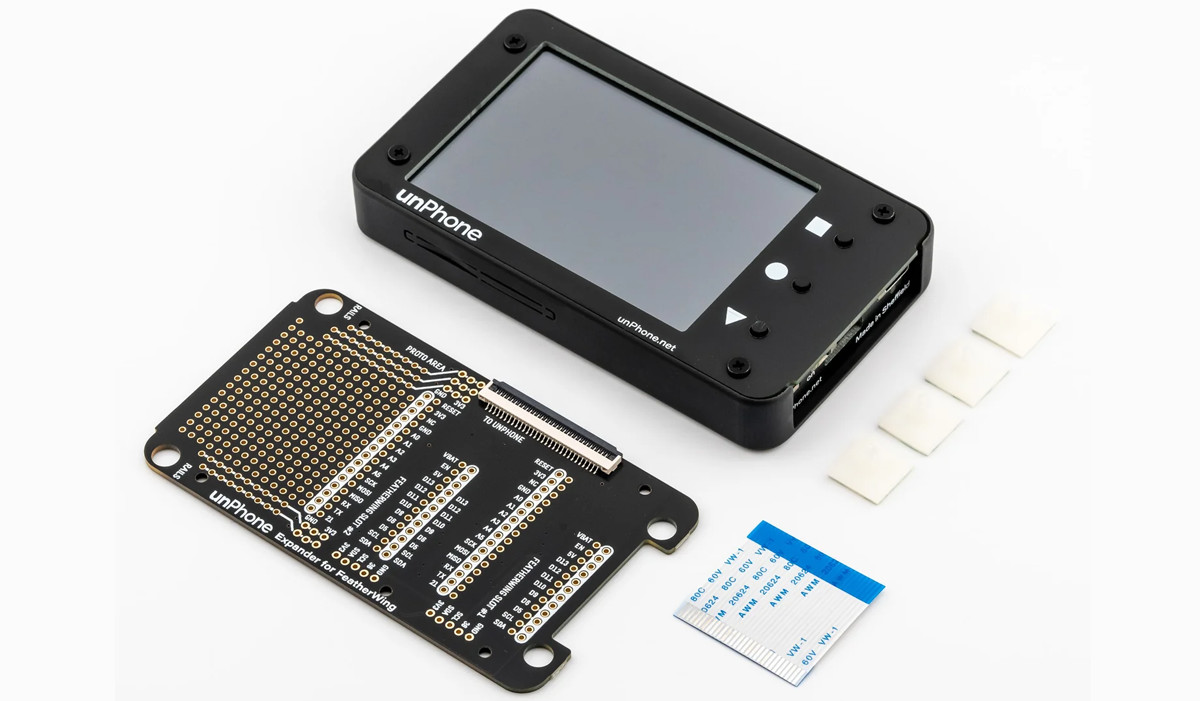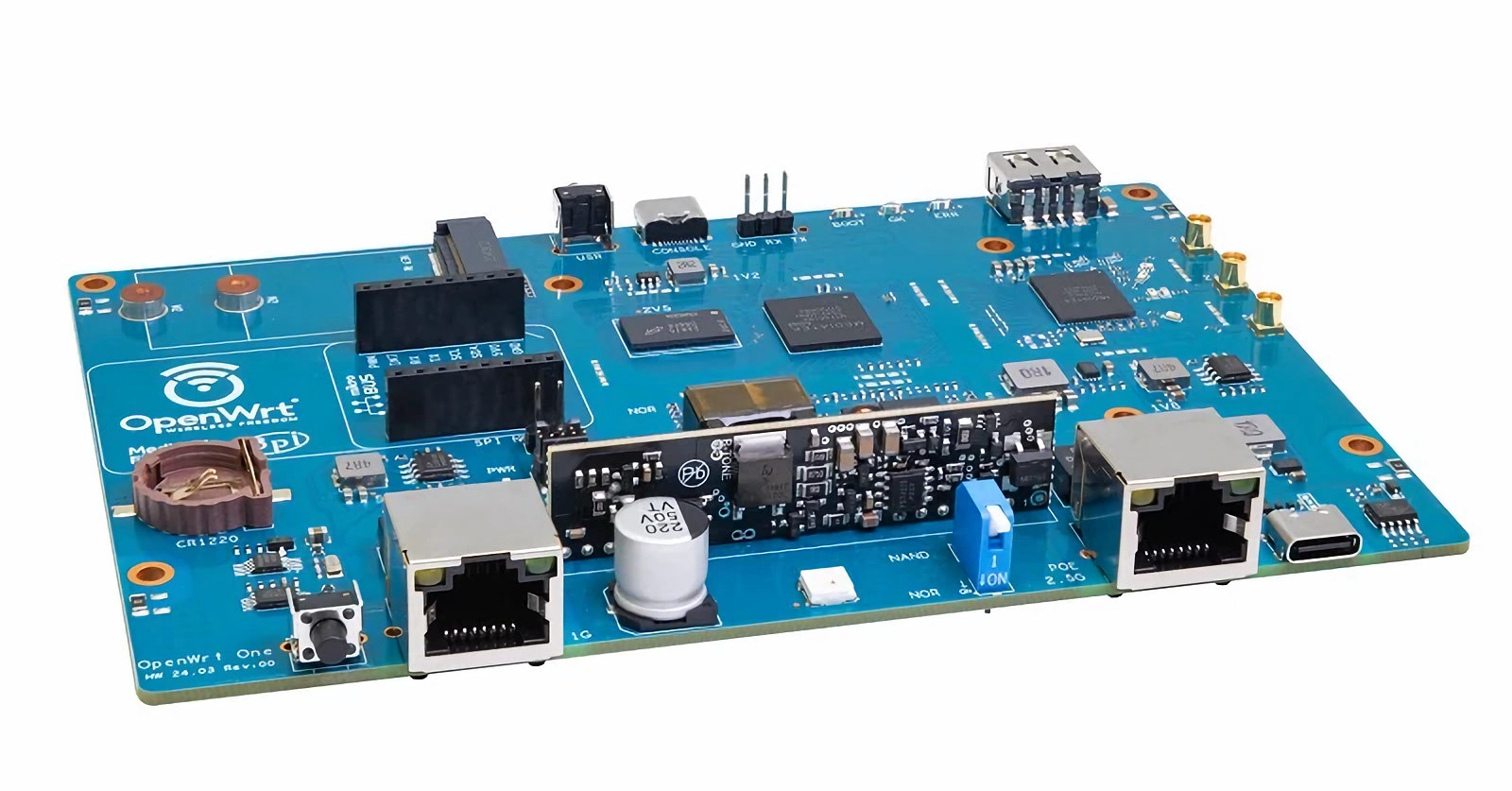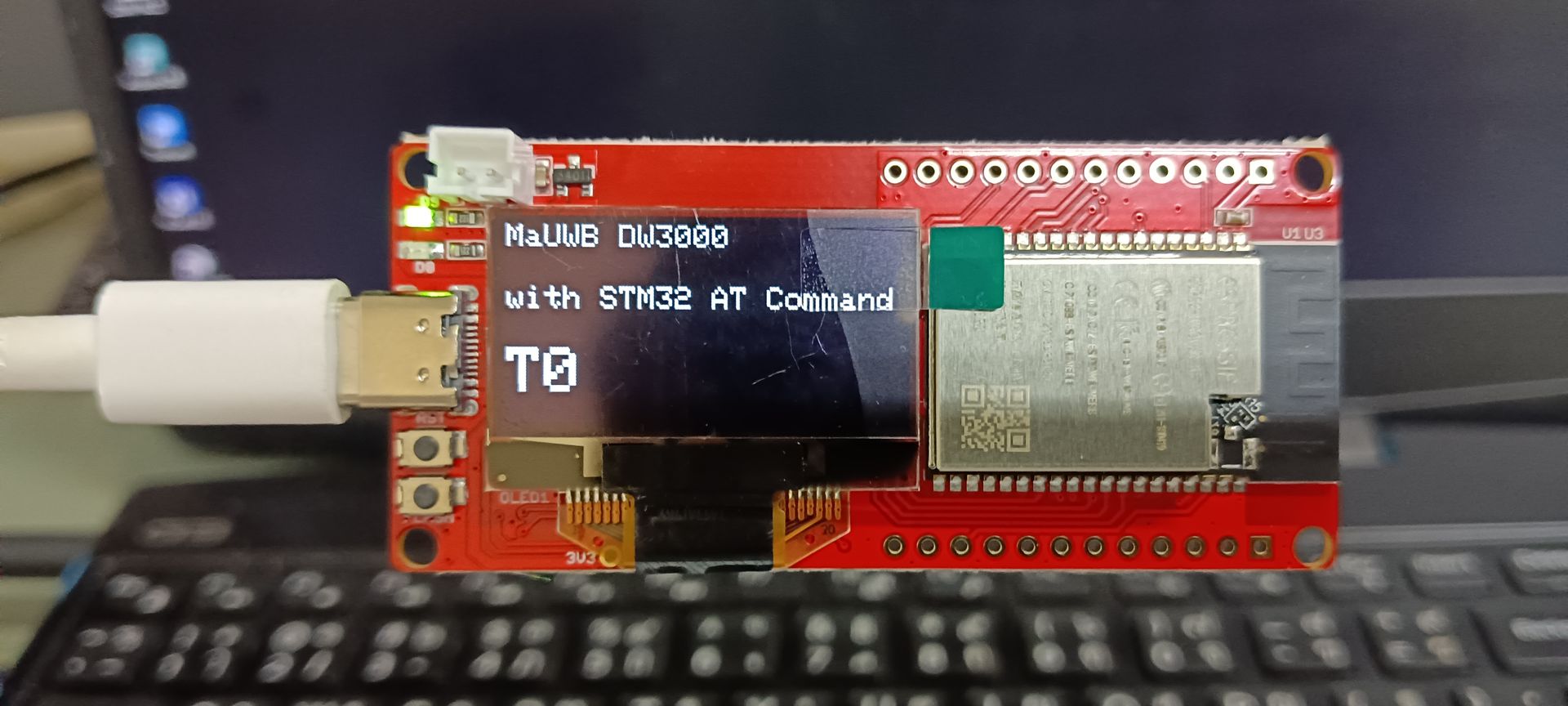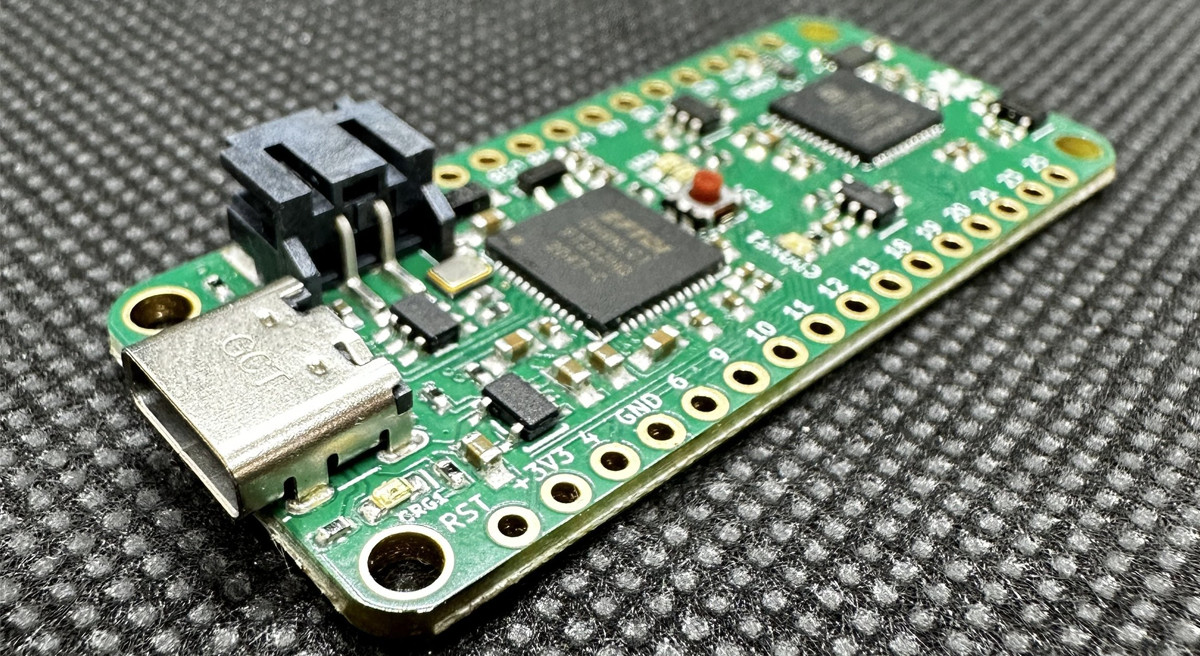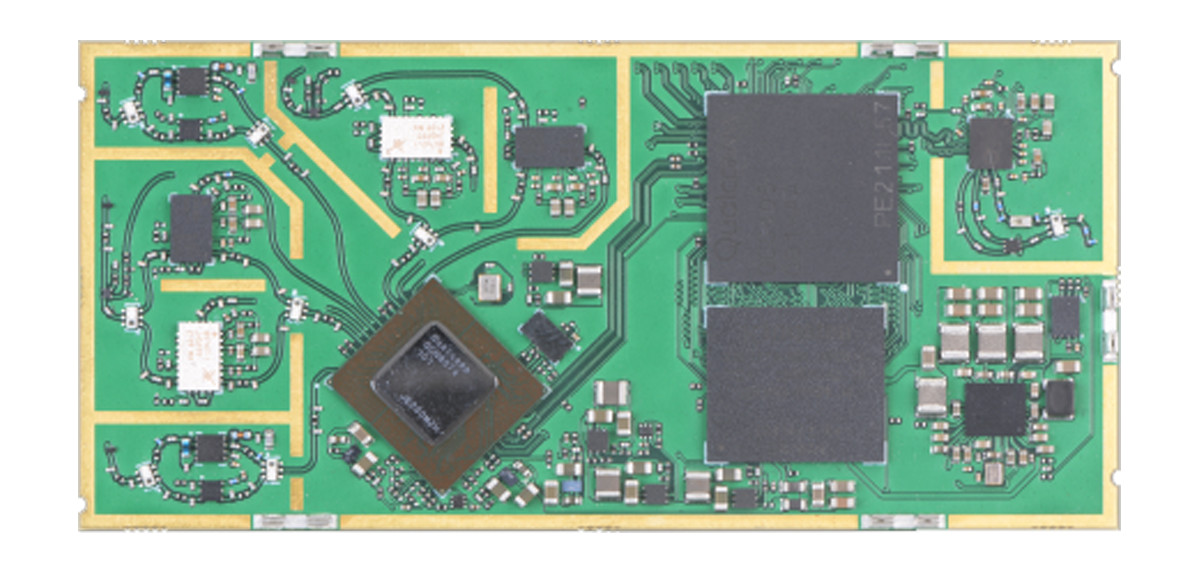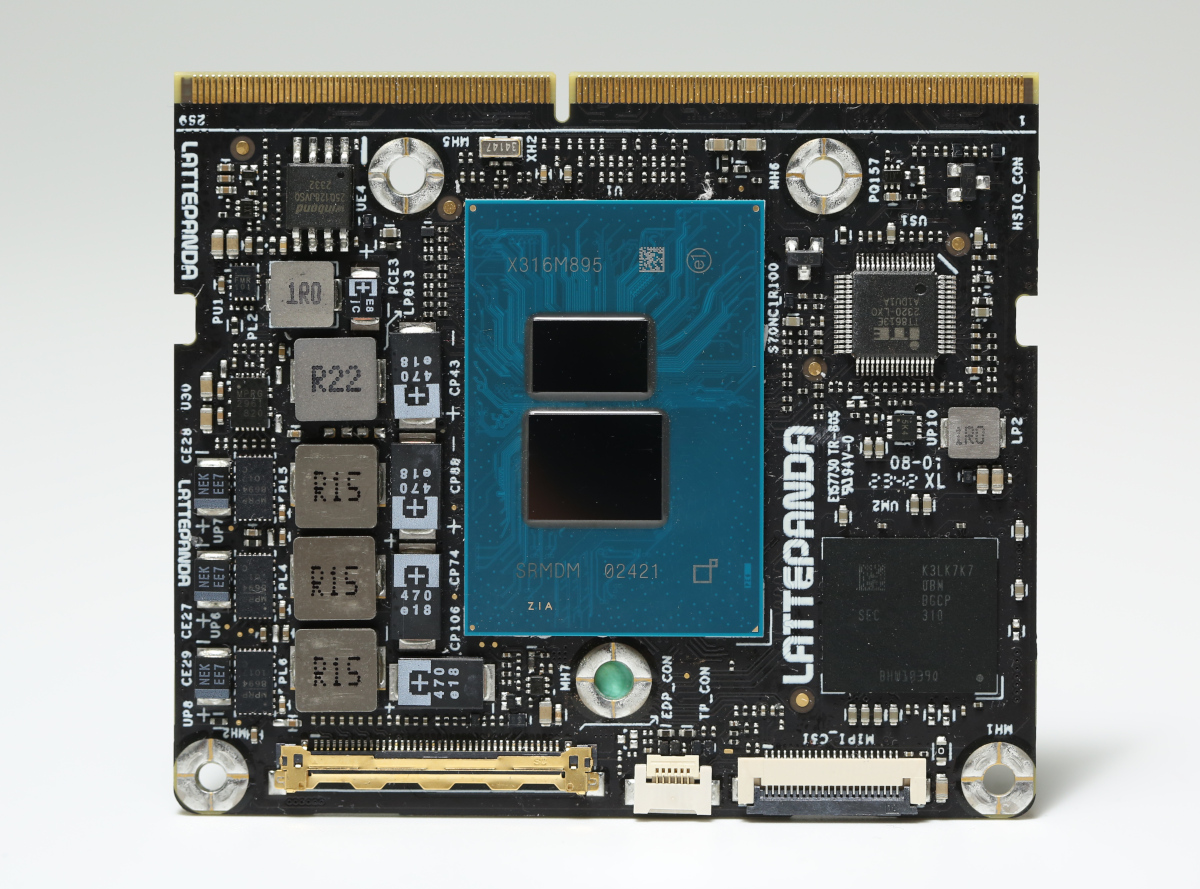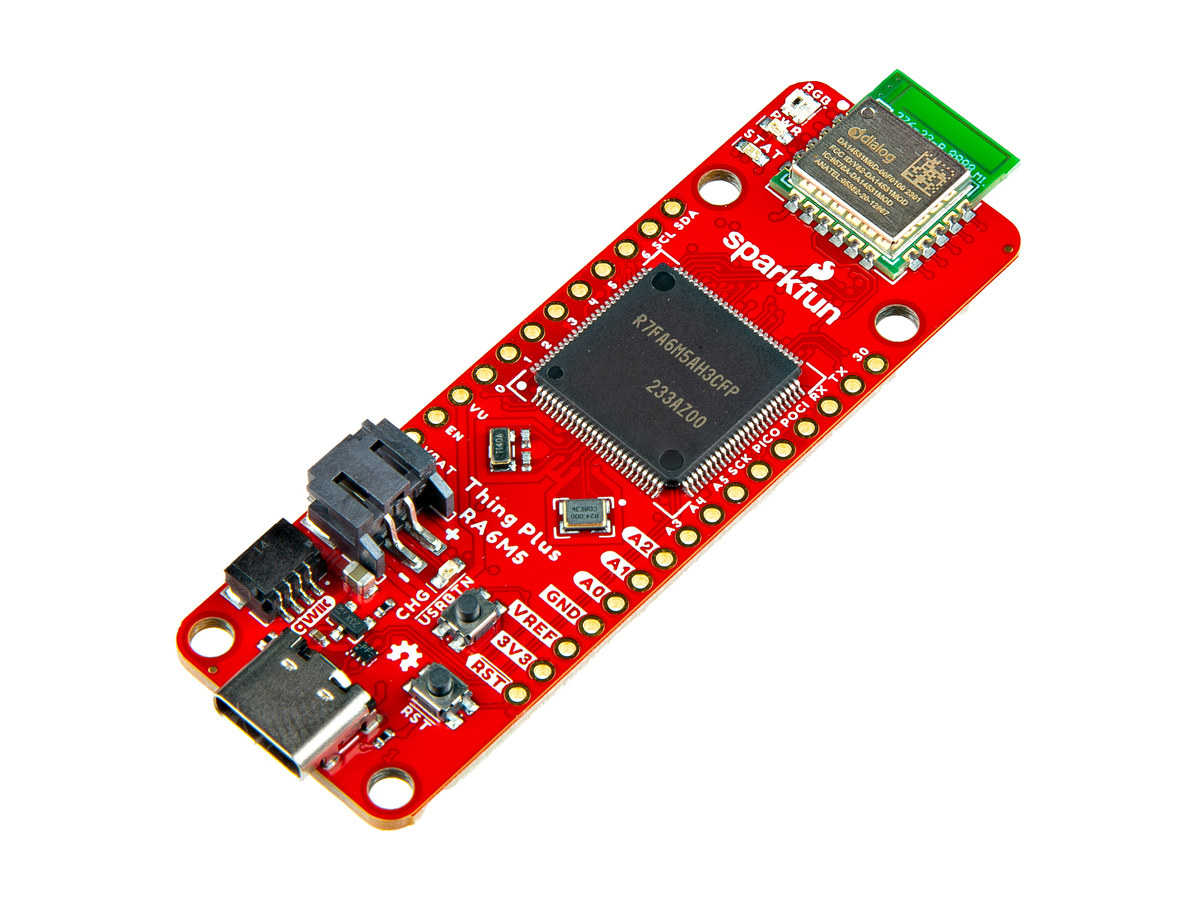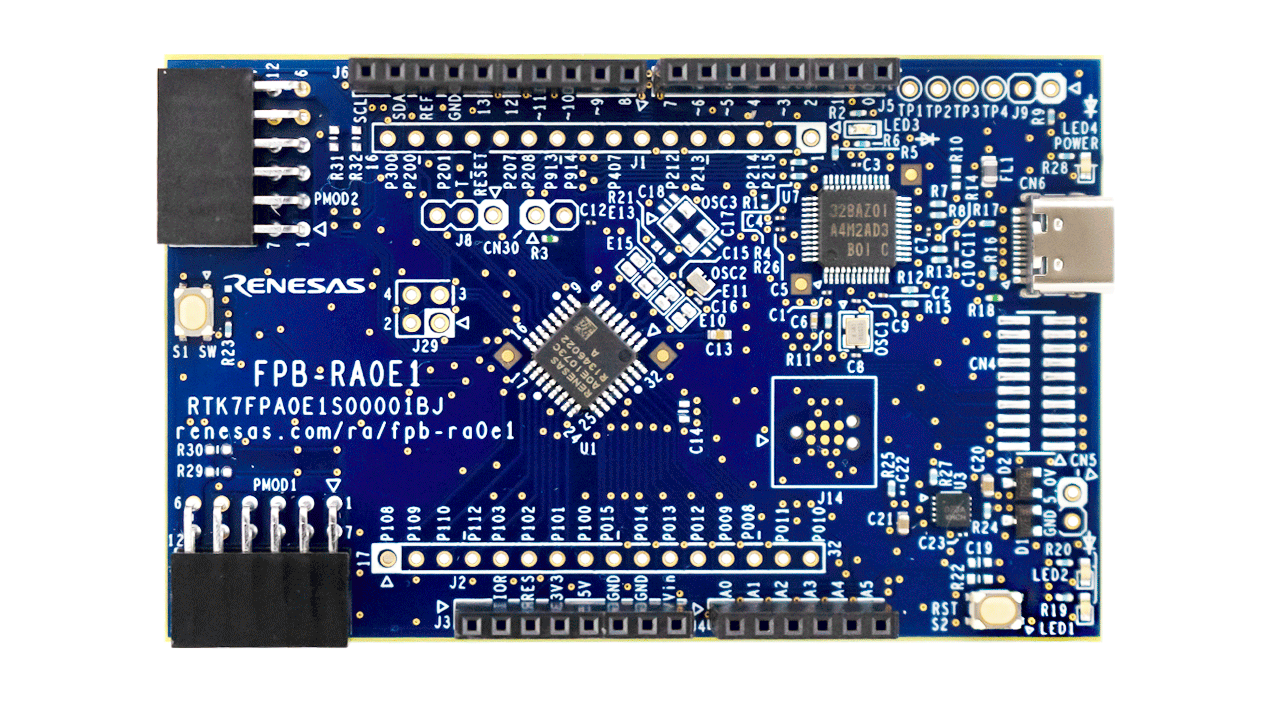Pimoroni, in partnership with the University of Sheffield, introduced the unPhone – an open-source non-cellular IoT development platform built around the ESP32-S3 wireless microcontroller. The unPhone isn’t meant to replace phones but can simplify tasks and give you more control over your data. In addition to the ESP32-S3, it features a 3.5″ 320×480 touchscreen display, LoRaWAN, Wi-Fi, Bluetooth, a vibration motor, an accelerometer, and various other features. Designed with these capabilities, this module can be used for teaching and rapid prototyping, while also finding applications in aquaponics. unPhone key features and components Wireless module – ESP32-S3-WROOM-1U-N8 MCU – ESP32-S3 dual-core Tensilica LX7 up to 240 MHz with 512KB SRAM and 8MB PSRAM Storage – 8MB Quad SPI flash Wireless – 2.4 GHz WiFi 4 and Bluetooth LE 5 Hardware Features LCD touchscreen for debugging and UI creation. LoRaWAN for free radio communication Vibration motor for notifications. IR LEDs for remote control. […]
The first OpenWrt One WiFi 6 router board samples are ready, some will be auctioned at OpenWrt Summit on May 18-19
John Crispin has recently received the first samples of the “OpenWrt One/AP-24.XY” Filogic 820-based WiFi 6 router board, manufactured by Banana Pi. Those will be officially supported by OpenWrt developers with assistance from MediaTek. Announced in January 2024, we only had the specifications of the OpenWrt One router so far, but since the first samples are now available we have more details including several photos of the board, and some units will be auctioned away at the OpenWrt Summit taken place in Cyprus on May 18-19. John explains fifteen prototypes will be manufactured, a website will be set up (maybe openwrt dot one), and that MediaTek helped with documentation: Just dropping a quick update on the OpenWrt One project. I’ve received the first batch of three PCBs for testing today. I am in the process of testing the hardware to make sure everything works as intended. There are twelve further […]
“MaUWB_DW3000 with STM32 AT Command” Review – Using Arduino to test UWB range, precision, indoor positioning
Hello, the device I am going to review is the MaUWB_DW3000 with STM32 AT Command. This is an Ultra-wideband (UWB) module from MakerFabs. The core UWB module on this board is the DW3000 UWB transceiver, and it is also equipped with an ESP32 microcontroller programmable with the Arduino IDE, as well as OLED display. The manufacturer claims that this UWB board resolves multiple anchors and tags mutual conflicts and supports up to 8 anchors and 64 tags. Additionally, the manufacturer has added an STM32 microcontroller to handle UWB multiplexing, allowing users to control the core UWB module by simply sending AT commands from an ESP32 microcontroller to the STM32 microcontroller. More information about this UWB board can be found on the manufacturer’s website. “MaUWB_DW3000 with STM32 AT Command” unboxing MakerFabs sent the package to me from China. Inside the package, there were 4 sets of the MaUWB_DW3000 with STM32 AT […]
IcyBlue Feather V2 board features Lattice Semi iCE5LP4K FPGA in Adafruit Feather form factor
The IcyBlue Feather V2 from Oak Development Technologies is a powerful and compact dev board that combines the Lattice Semi iCE5LP4K FPGA with the Adafruit Feather form factor. This unique combination allows this FPGA board to be compatible with the Adafruit FeatherWings ecosystem, providing functionalities such as additional GPIOs, displays, connectivity modules, and more. This new board features a USB-C port for powering and programming the FPGA. Additionally, it features two hardware I2C and SPI blocks that do not consume FPGA resources while operating. The board also includes 22 accessible GPIOs, a bright RGB LED for status indication, and two user-programmable LEDs. Previously, we have discussed many similar tiny FPGA-based development boards, such as the Lattice Semi MachXO2 FPGA, tinyVision.ai Pico-Ice board, Silicon Witchery S1, and ULX3S Education Board. Feel free to explore these if you are looking for similar options. IcyBlue Feather V2 Specification FPGA – Lattice Semi iCE40 […]
8devices TobuFi SoM is designed for drones, robotics, and advanced audio systems
8devices has recently introduced TobuFi, a Qualcomm QCS405-powered System-on-Module (SoM) featuring dual-band Wi-Fi 6 and Wi-Fi 5 capabilities. The device also features 1GB LPDDR3, 8GB of eMMC storage, and multiple display resolutions. It also offers various interfaces, including USB 3.0, HDMI, I2S, DMIC, SDC, UART, SPI, I2C, and GPIO. In previous posts, we covered 8devices product launches like the Noni M.2 WiFi 7 module, Rambutan and Rambutan-I modules, Habanero IPQ4019 SoM, Mango-DVK OpenWrt Devkit, and many more innovative products. If you’re interested in 8devices, feel free to check those out for more details. 8devices TobuFi SoM specifications: SoC – Qualcomm QCS405 CPU – Quad-core Arm Cortex-A53 at 1.4GHz; 64-bit GPU – Qualcomm Adreno 306 GPU at 600MHz; supports 64-bit addressing DSP – Qualcomm Hexagon QDSP6 v66 with Low Power Island and Voice accelerators Memory – 1GB LPDDR3 + 8GB eMMC Storage 8GB eMMC flash SD card – One 8-bit (SDC1, 1.8V) and one […]
LattePanda Mu is an x86 Compute Module based on Intel Processor N100 CPU
The LattePanda Mu is a compute module/system-on-module based on the popular Intel Processor N100 quad-core Alder Lake-N processor that can run Windows or Linux and aims to provide a more powerful solution than the Raspberry Pi 5 and upcoming Raspberry Pi CM5 (Compute Module 5). The LattePanda Mu does not follow any SoM standard and instead comes in a custom 69.6 x 60mm form factor using a 260-pin SO-DIMM edge connector. The module is equipped with 8GB RAM and 64GB eMMC flash by default, and the interfaces exposed through the edge connector (PCIe, USB, Ethernet, HDMI…) make it suitable for a range of applications such as IoT, robotics, digital signage, and edge computing through custom carrier boards. LattePanda Mu specifications: SoC – Intel Processor N100 quad-core Alder Lake-N processor @ up to 3.4 GHz (Turbo) with 6MB cache, 24EU Intel HD graphics @ 750 MHz; TDP: 6W System Memory – […]
SparkFun Thing Plus – RA6M5 board supports Bluetooth 5.1 LE through Renesas DA14531MOD module
SparkFun Thing Plus – RA6M5 is a small MCU board based on a 200 MHz Renesas RA6M5 Cortex-M33 microcontroller and a Renesas DA14531MOD Bluetooth 5.1 LE module that follows Adafruit Feather/Sparkfun Thing Plus form factor. The module can transmit data over BLE with just 4mA (at 3.3V) power consumption and the company claims the board to be powered by a coin-cell battery. A LiPo battery can also be connected to the board through a 2-pin JST battery connector, and the Things Plus – RA6M5 board also features a single-cell charger and LiPo fuel gauge. Sparkfun Thing Plus – RA6M5 specifications: Microcontroller – Renesas R7FA6M5AH3CFP Core – Arm Cortex-M33 microcontroller @ up to 200 MHz Memory – 512KB SRAM Storage – 2MB Flash Security – Arm TrustZone, and Secure Crypto Engine 9 Wireless – Renesas DA14531MOD module for Bluetooth 5.1 LE connectivity with support for CodeLess AT command Datapump Radio Transmit […]
Renesas RA0 Cortex-M23 MCU series target power and cost-sensitive applications
Renesas has announced the new low-power RA0 microcontroller series based on the power-efficient Arm Cortex-M23 core and the entry-level RA0E1 Group in the series. According to Renesas, the RA0 microcontrollers offer the “industry’s lowest overall power consumption for general-purpose 32-bit MCUs.” With a current consumption of 84.3 μA/MHz in active mode and only 0.82 mA in sleep mode, these microcontrollers are built to provide ultra-low power consumption. They also offer a Software Standby mode where the CPU, peripheral functions, and internal oscillators cease to operate. This mode reduces power consumption further by 99% down to 0.20 µA. They also come with a high-precision, High-speed On-Chip Oscillator (HOCO) for fast wake-up. The Cortex-M23 core is based on the Armv8-M instruction set and offers a maximum clock frequency of 32 MHz, with up to 64KB of code flash memory and 12KB SRAM for storing application code and data. This feature set makes […]


